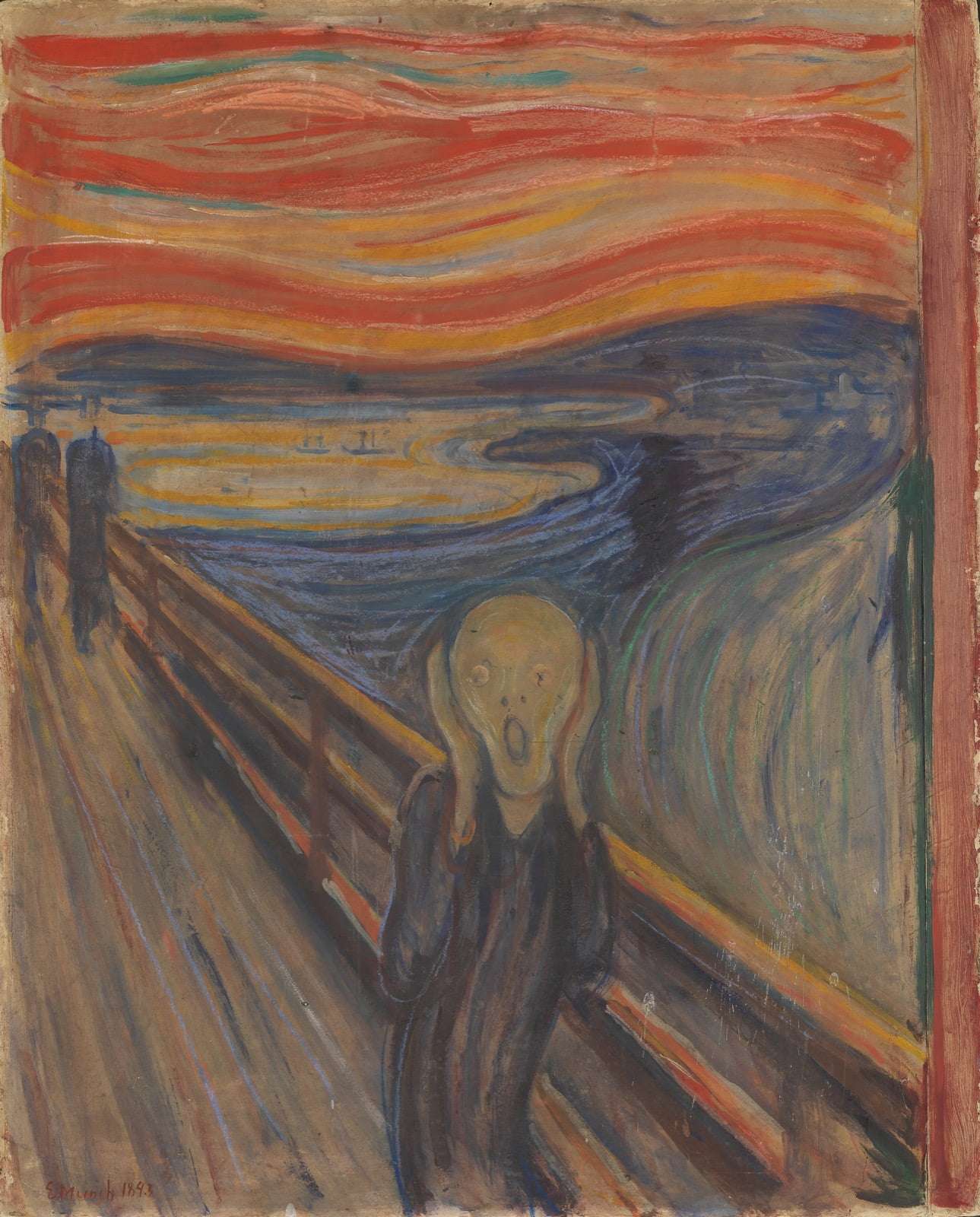
Introduction – What are Expressionist Paintings?
Expressionism is a style of painting that developed in Germany in the late 19th century. It represents objects not as they are but as how the artist feels about them.
Expressionist painters have been characterized by their distortion of objects. They often paint a scene from a subjective perspective and use intense colors and multiple techniques to convey the power of emotion.
What are the Key Features of Expressionism Paintings?
Expressionism is one of many modern art styles that was created in the early 20th century. Artists wanted to capture their inner feelings and emotions through their paintings. Expressionism paintings are characterized by random brush strokes, vivid colors, and unusual subjects.
Key features of expressionist paintings are the following:
– Random brush strokes
– Vivid colors
– Unusual subjects
How Did Expressionism Evolve?
Expressionism is a modernist movement in art and literature that developed in the late 19th and early 20th centuries.
Expressionism was a reaction by artists to the hyper-rationalized, unemotional academic tradition of art. It was a rejection of realism and an attempt to reassert the artist’s creative individuality.
The word comes from the word ‘expressions’ which means ‘revealing one’s emotions.’
Conclusion – The Role of the Artist in the 20th Century
In the early 20th century, artists were those who were “inventing” new media (e.g., film), while at the end of the century, they are those who use already developed media.
The role of artists has changed dramatically in the 20th century. In the early 20th century, artists were ones that “invented” new media (e.g., film). At the end of the 20th century, they are ones that use already developed media.
